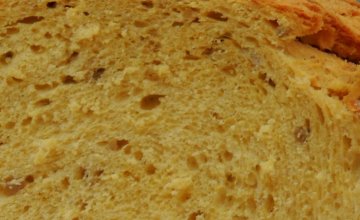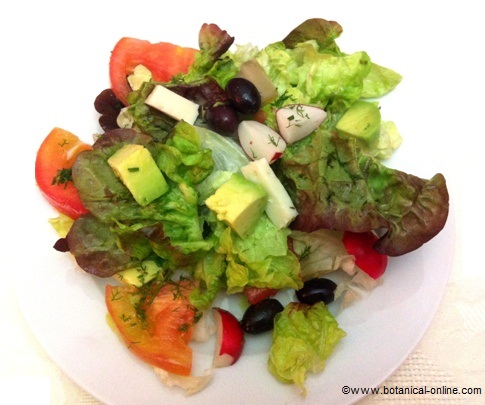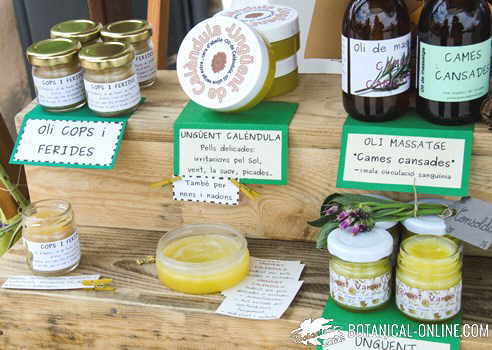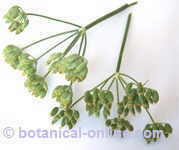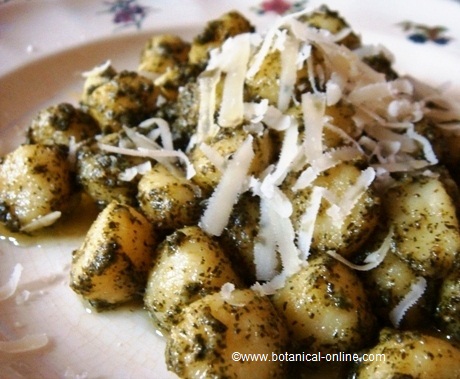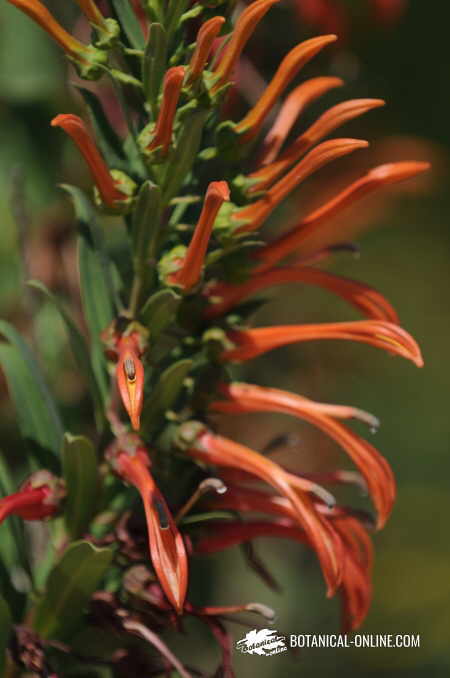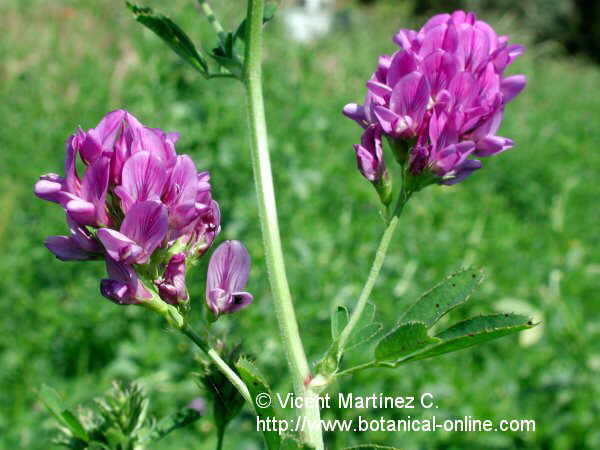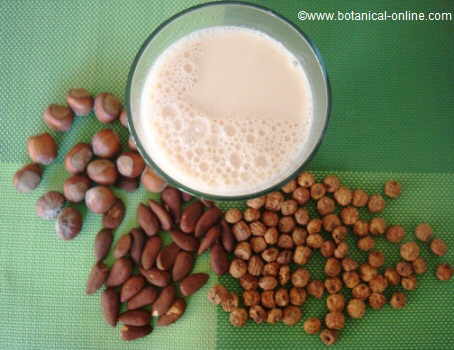Contents
- 1 Cassava properties
- 1.1 Tapioca, a very necessary food in tropical countries
- 1.2 Composition of raw cassava per 100 gr.
- 1.3 Tapioca is a very caloric food
- 1.4 Cassava should be combined with other foods that have protein
- 1.5 Tapioca is a very digestive food
- 1.6 Can you eat cassava leaves?
- 1.7 NATURAL REMEDIES MADE WITH TAPIOCA OR CASSAVA
- 1.8 Cassava is a good remedy for the skin
Cassava properties
Tapioca, a very necessary food in tropical countries
| ||||||||||||||||||||||||||||||||||||||||||
Cassava or tapioca is a very important food in developing countries.
It is an easy food to produce given that it needs very little fertilizers, very little water, it has practically no diseases and it can be collected from the ground up to two years after it has been produced. Therefore it represents a very important food reserve and food insurance at times of hunger or lack of food.
According to the FAO, there are more than 500 million people in the world who depend on this food.
The consumption of tapioca in these countries is a more interesting alternative to what is represented by the consumption of wheat in the West or that of rice in Asia.
With cassava, for example, the famous rounded buns called “bummies” or cassava bread are made in Jamaica that its inhabitants consume with fried fish.
Formerly these were made in a homemade way but currently there is already industrialized production which shows the roots of this type of food in these latitudes.
The expansion of cassava or tapioca in the markets of the whole world has supposed the incorporation in the rich countries of a product that until recently was the privilege of the poorer countries, which makes it necessary to study its food properties in very different markets.
Tapioca is a very caloric food
The main nutritional virtue of cassava or tapioca is its richness in carbohydrates in the form of starch. This makes it a plant with great energetic properties capable of satisfying hunger very quickly. 100 gr. tapioca provide 168 kcal and its fat content is very low.
The great richness in calories of this food makes it suitable not only for people who have few energy foods but also for anyone who must make great physical efforts. Workers who do heavy work, people who play hard sports or children who “move” greatly benefit from the consumption of cassava.
For the same reason, those people who are dieting to lose weight or those who suffer from obesity should be prudent in their diet.
However, in most cases, when it is said that cassava is fattening, it is not due to this particular food but to the accompaniment with which cassava dishes are often made.
Meats, vegetable fats or butters are usually accompanied with this food so, in addition to gaining weight, they are less healthy for the body due to their content of saturated fats that, in addition to increasing body weight, raise cholesterol levels.
Cassava should be combined with other foods that have protein
Cassava contains few proteins, so it must be combined with other foods that contain them to avoid a deficit diet.
In certain areas of the Caribbean where “cassava bread” is the main food and, in some cases, the only one in certain seasons, there are many cases of food deficits, especially due to lack of protein.
In addition to the consequent cases of malnutrition, according to some researchers, it has only been this lack of protein that has been the main responsible for many poisonings due to ingestion of this food, which had not been sufficiently detoxified.
The explanation is based on the fact that the body needs proteins to eliminate possible accumulations of toxins present in this plant. Combining this food with cheese, legumes or a little meat is the best way to avoid this problem.
Tapioca is a very digestive food
Tapioca is a food with highly recognized digestive properties. It is easy to digest and can even help prevent or cure some digestive problems related to poor absorption of food: poor digestions, heartburn, flatulence and even ulcers.
Among the minerals, its potassium content stands out, which neutralizes its high sodium content, and has acceptable amounts of calcium, magnesium and phosphorus.
Can you eat cassava leaves?
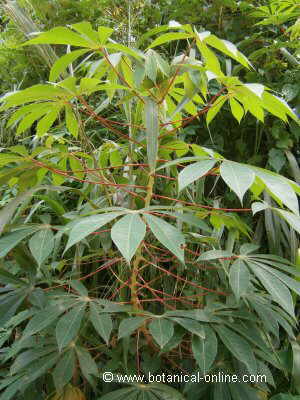
The young leaves of cassava are edible when cooked as just another vegetable, which is absolutely necessary to rid them of their toxins.
The ingestion of these leaves can help to make up for the lack of protein in the roots (70 g in the leaves for just over 1 g in the roots per 100 g of weight). Cassava is also a good source of vitamin C. (More than 300 mg per 100 grams of plant) of calcium and a good source of iron.
NATURAL REMEDIES MADE WITH TAPIOCA OR CASSAVA
Cassava is a good remedy for the skin
Used externally, the leaves of this plant, due to their richness in vitamin C and Zinc, possess vulnerable properties. They are very useful for the treatment of skin conditions caused by intoxication or abrasion.
(The usual treatment consists of crushing some leaves, letting them dry so that they lose their toxicity, and placing them in the form of a plaster with a little fat on the affected area).
Equally interesting is the root powder, which is sold in the form of preparations, to combat skin abnormalities, such as burns, sunburns, eczema, irritations, etc.
In its place of origin, this treatment is carried out with the root paste once the toxins have been eliminated with cooking. Applying this paste raw can cause skin lesions.
![]() More information on cassava
More information on cassava

